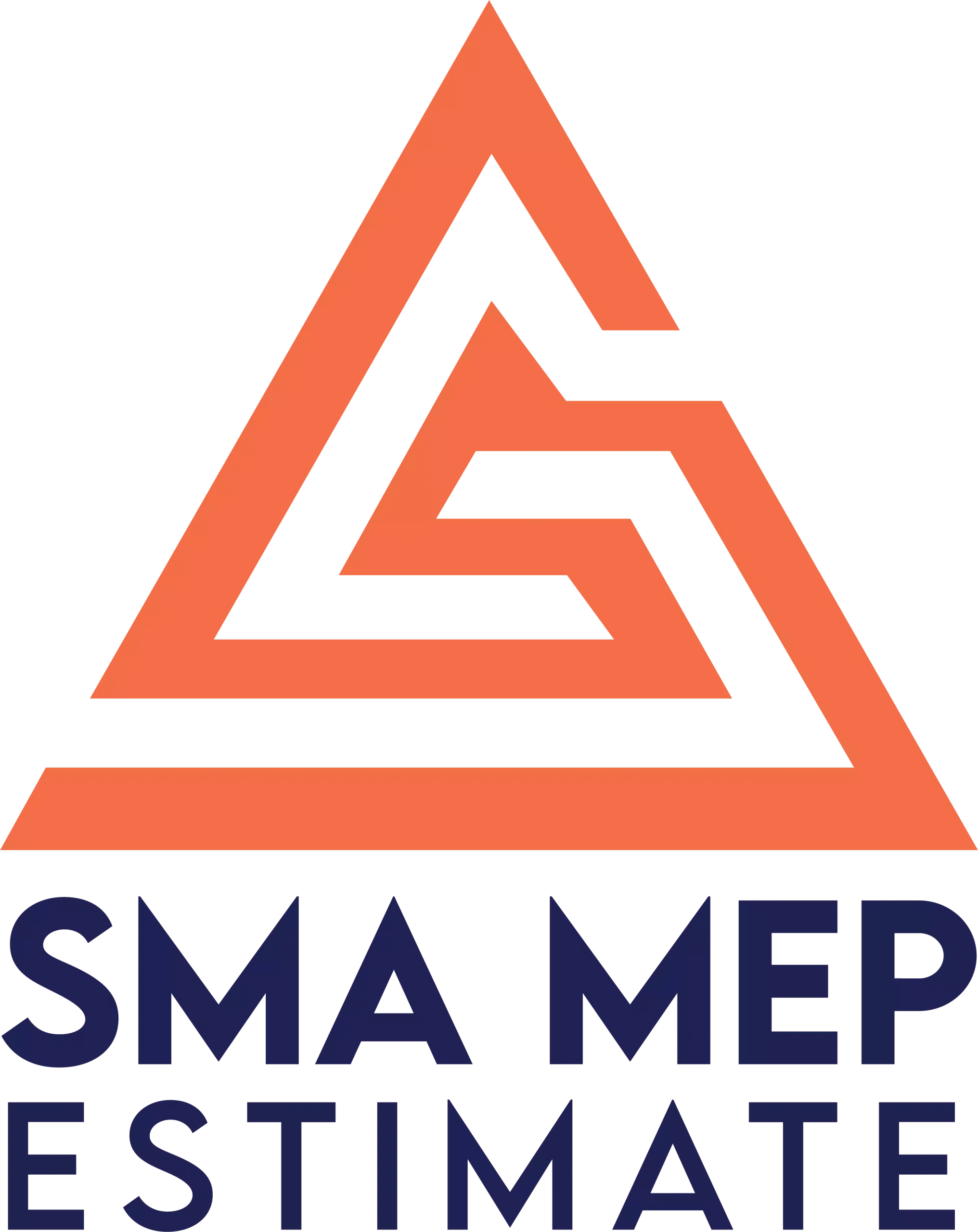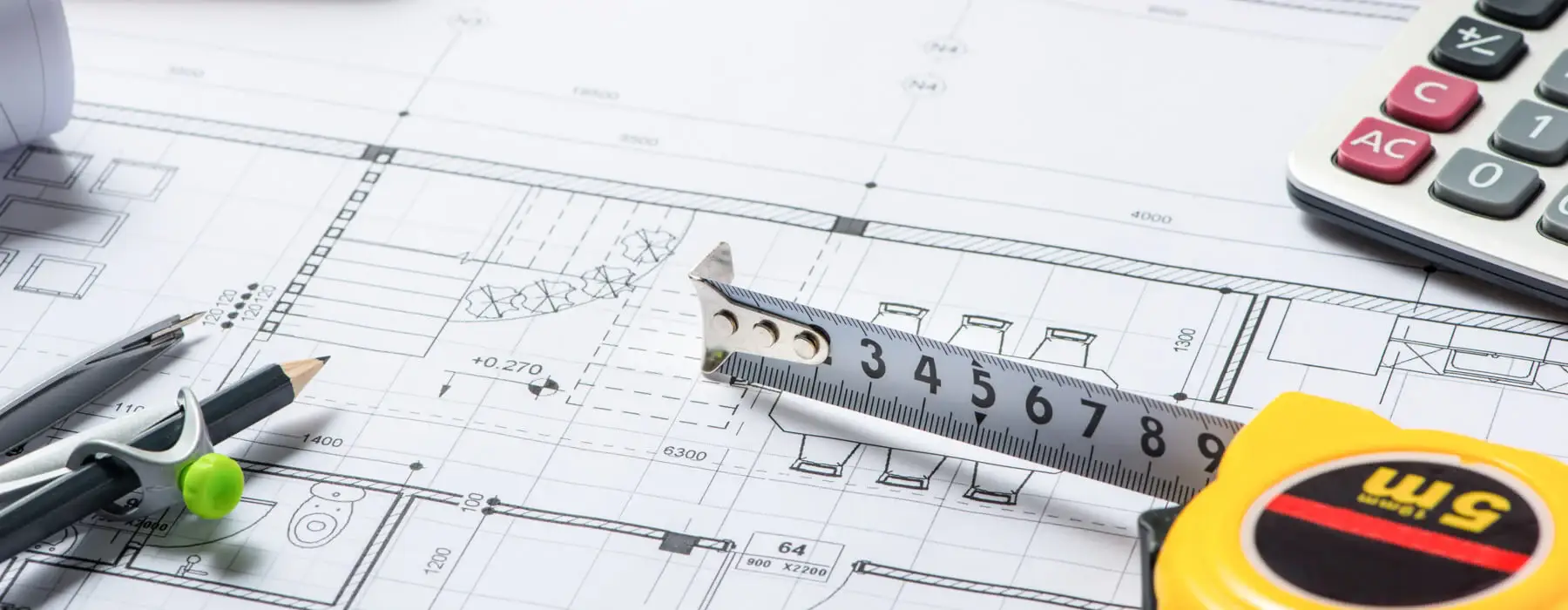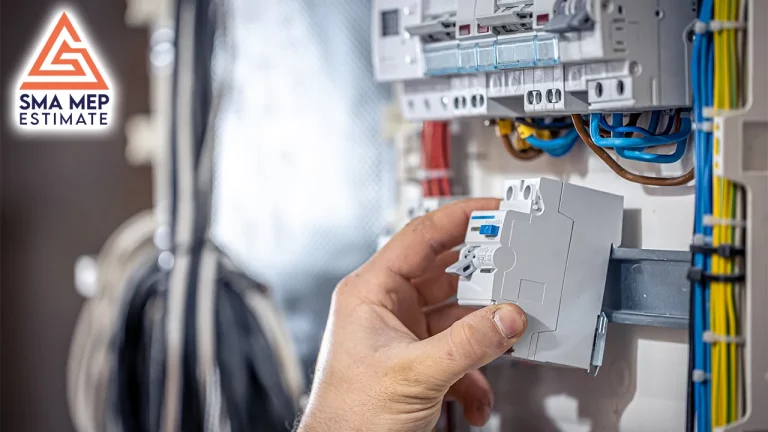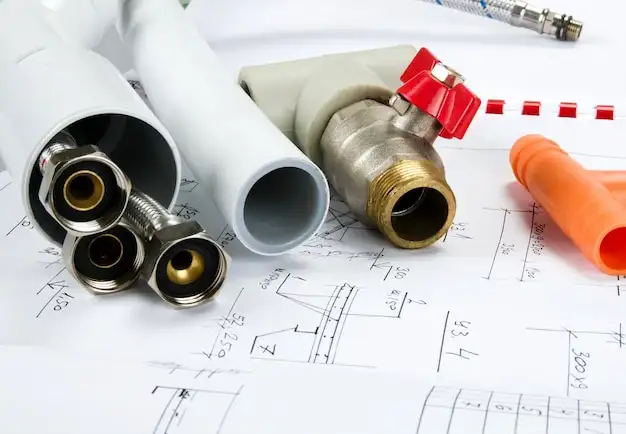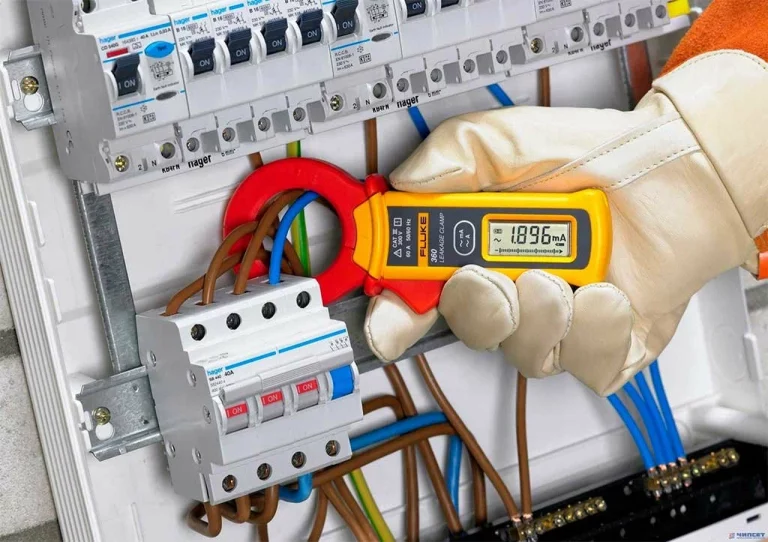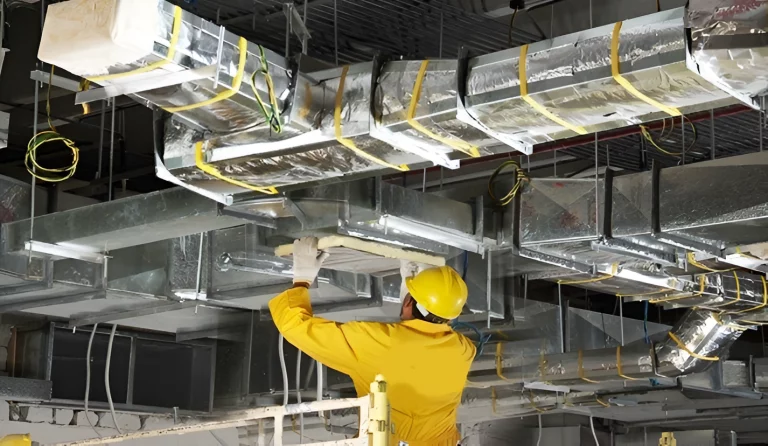What is takeoff in construction? Complete Guide
If you are a professional involved in the AEC (architectural, engineering, and construction) industry, then you must have heard the term Construction Takeoff. There are a lot of other names for it. It is also a quality in construction. It refers to a crucial part of the planning process, which is why it requires a specialized skill set to manage data properly. This takeoff process in a project is done in the early stages. Every step of this Takeoff process must be done carefully. This is because even the smallest under- or overestimation of construction in the initial stage will compromise the entire construction chain.
What is Construction Takeoff – In Simple Words
In any construction project estimation process, accuracy is everything. One crucial part of the construction estimation is the construction takeoff. It is the process of listing out and measuring all the materials needed for a project. The importance of this step cannot be overstated, as it helps contractors and estimators a great deal. This will help them calculate costs more precisely and reduce waste as well. Thus, they can save costs and optimize the process kd procurement process as well.
A construction takeoff is usually comprised of the following:
- How much quantity of a material is required, such as cubic yards of concrete and square feet of drywall
- Dimensions that include size, weight, and the grade of materials being acquired
- Finally, estimating the costs based on the unit prices
PLAN A WELL-PREPARED TAKEOFF IN CONSTRUCTION TO BID ON PROJECTS MORE COMPETITIVELY AND AVOID ANY UNCERTAINTIES!
What is Construction Material Takeoff?
In construction, Material Takeoff solely focuses on how much material will be sufficient to complete the project in time. In construction, takeoff for materials can be done by using two methods. These methods are as follows:
1) Manual Takeoff
This takeoff method requires a keen eye for detail. This is because everything is done by hand in this method. This method is a manual inventory process. You will have to identify and quantify materials needed for the project based on the project’s blueprints.
This method surely comes with its drawbacks. It is extremely time-consuming and prone to mistakes or errors as well. In addition to that, if a project becomes more and more complex, the limitations of this method become more evident. Also, this takeoff method requires a certain level of skill and training. An expert must have all the necessary knowledge about construction blueprints. Not only must they know how to read them, but they must also be able to interpret them.
2) Digital Takeoff
Recently, with the advancements in technology, digital takeoff tools have emerged and changed the realm of takeoff. It has become a powerful and effective alternative to traditional takeoff methods. These modern tools offer a tailored solution to a specific project. Thus, streamlining the overall takeoff process leads to enhanced efficiency and a reduction in errors.
Various modernized takeoff tools have digitized the complete takeoff process. By using these tools, experts can view digital plans and blueprints easily. This eliminates the need for physical documentation. With these tools, collaboration and sharing of documents also become quicker and easier.
Material Takeoff Services conducted with these tools becomes more reliable, fast, and accurate when compared to conventional takeoff methodologies. Here are some of the top-tier takeoff tools:
- Bluebeam
- On-Screen Takeoff
- PlanSwift
- Stack
Understanding takeoffs also involves knowing how to read technical drawings. Check out our guide on blueprint takeoff and construction plan reading for a deeper dive.
How beneficial can these tools be?
The takeoff process is traditionally time-consuming. But these tools have made it more fluent and prompt. This technology has made it more seamless and efficient. These creative takeoff tools will allow you to obtain faster and more accurate takeoff results.
Let’s delve into how a Construction Takeoff Company benefits from these advanced tools:
A Booster for Accuracy!
These digital tools automate many tasks of a takeoff, which were previously done by hand, thus making takeoffs more accurate. For instance, using this software will eliminate the need to take measurements manually. Thus, making sure that there will be no mistakes or human errors in material measurements.
Excellent Time Management
With the help of these digital tools, complex calculations in construction takeoff have become easier. Conversely, in traditional methods, not inky calculations were extremely time-consuming, but they were also prone to errors. These takeoff tools have not only made it error-free but time is being managed more efficiently.
A proven way to save costs in the long run!
Although acquiring these tools will incur an initial cost. But its perks surely outweigh the costs. The reason behind this is that acquiring such tools will improve the accuracy of construction takeoff as a whole. They also reduce errors to a great extent. This leads to more accurate bids and estimates.
TRANSFORM EACH STEP OF A CONSTRUCTION TAKEOFF AND HAVE MAXIMUM ACCURACY BY READING THIS INFORMATIVE ARTICLE!
Closing Remarks
It is pivotal to understand what construction takeoff is and why it is essential. Takeoff in construction is important because it helps in budgeting, planning, and procurement. All of these and other elements collectively lead to a successful project execution. This article helps you understand the basics of takeoff in construction. It also mentions the methods used for the takeoff process in a project. On top of that, it provides valuable insights on each of the methods as well, for you to have a better understanding of construction takeoff.
